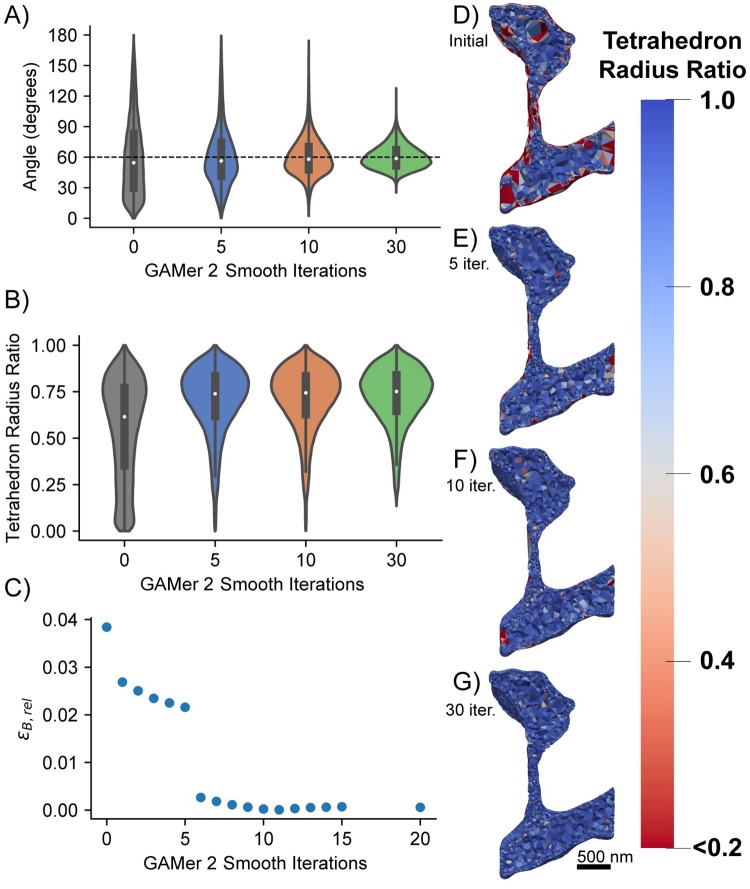Fig 11. GAMer 2 mesh conditioning reduces error in the simulated result.
A) Distribution of angles on the surface mesh after 0, 5, 10, 30 smoothing operations. B) Distribution of tetrahedral radius-ratios*. The tetrahedron radius-ratio is defined as where ri is the radius of the inscribed sphere and ro is the radius of the circumsphere (a value of 1 corresponds to an equilateral tetrahedron). C) Relative error (Eq 16) of B when solving Eqs (8) to (10) for a single time step. (D-G) Tetrahedral radius-ratios after 0, 5, 10, 30 smoothing iterations. Generally, for simulation using the finite element method, most radius-ratios should be greater than [90]. *Artifacts which prevented tetrahedralization, e.g. intersecting faces, were removed and the holes were remeshed at each step.

